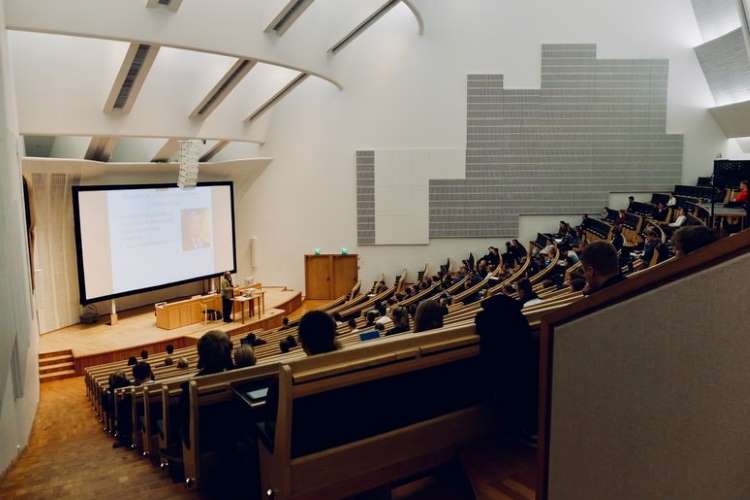
RUSA allocation in Budget 2022: The funding of India’s higher education system requires serious rethinking. This topic assumes significance at a time when gross enrolment ratio in higher education is witnessing a steep rise from 10% in 2010 to 32.6% in 2021. Raising expenditure in education to 6% of the GDP has been a long-standing demand in the country. Achieving this is all the more important now.
The steep increase in gross enrolment ratio, which is referred to as the massification of higher education, can be traced back to a government decision in the mid-1990s to roll out a mid-day meal scheme. Large-scale expansion of the mid-day meal scheme at the national level, which was earlier confined to Tamil Nadu and Kerala, resulted in an increase in gross enrolment ratio in schools. A sizable number of first-generation school-goers started aspiring for higher education, eventually leading to an increase in enrolment ratio in higher education.
READ I Future perfect: Universal pension can transform Indian economy
In this context, one has to critically look at the grants through the Rashtriya Uchthar Shiksha Abhiyan (RUSA) towards enhancing infrastructure in colleges. Funds are routed by the Union government to state governments through budgetary allocation. Under the scheme, expansion of colleges supported by viable proposals are financed in a 70:30 ratio.
RUSA faces fund crunch in states
The RUSA model is posing serious issues on the policy front. Given their helplessness on the fiscal front, the states are forced to get colleges to mobilise finances to meet the state share. Some states are contributing 20-40% of the share. To begin with, financial support is limited to colleges with a high NAAC accreditation score. Most of the projects under RUSA have benefited autonomous colleges that have self-financing courses through which they could mobilise funds. In other words, this ends up making access to quality higher education an exclusive preserve of those who can pay.
READ I Budget 2022: A pathbreaking document, but for wrong reasons
Budget 2022 has allocated Rs 2,042 crore for allocation under RUSA. The extent of the utilisation of funds under the RUSA scheme has been limited. Of the Rs 3,000 crore assigned in the last Budget, only Rs 793 crore has been spent. In fact, the states have found this scheme to be highly unattractive. The states lack resources to provide matching amounts as grant. This year’s allocation may also remain unspent in all likelihood.
The share of states in the divisible pool of central taxes is pegged at 41%, but the amounts collected under various cesses and surcharges by the Union government do not come under the purview of the same.
In the light of the growing demand for higher education, it would be useful if a commission is constituted to look into what portion of the cess mop-up is unspent and the reasons behind it. The funds must be assigned to states under some formula as untied grants to be spent on higher education. Such steps would ensure accessibility to quality higher education.
Budget 2022 has earmarked Rs 40,828.35 crore for the higher education sector, a 6.46% increase over last year’s allocation. The total outlay for education has been raised to Rs 1,04,277.72 crore from Rs 93,224.31 crore last year.
Krishnakumar S is a New Delhi-based economist. He teaches economics at Sri Venkateswara College, University of Delhi.

